Hello
I am looking for a light meter for extreamly long night exposures ( i have only found a few that can go to upto 30 min). and i dont want to be calculating manually as a I need accurate readings and that why i hope to find quite sensitive light meter for longs exposures please.
Could you tell me which meter do you think you could recomend me please?
Thank you
I am looking for a light meter for extreamly long night exposures ( i have only found a few that can go to upto 30 min). and i dont want to be calculating manually as a I need accurate readings and that why i hope to find quite sensitive light meter for longs exposures please.
Could you tell me which meter do you think you could recomend me please?
Thank you


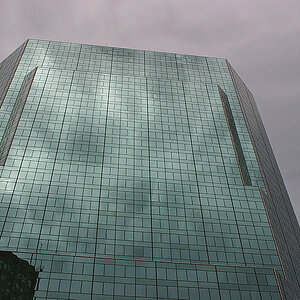
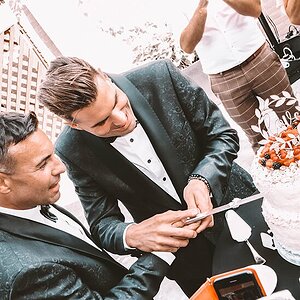
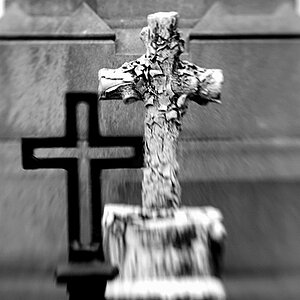
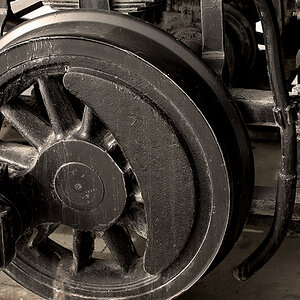
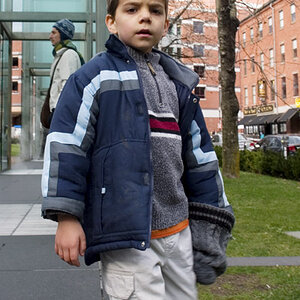
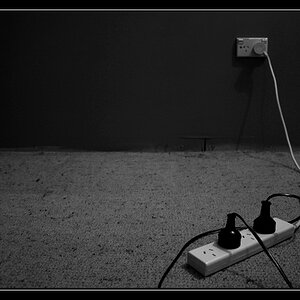
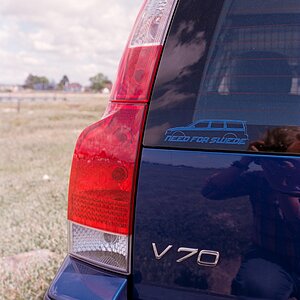
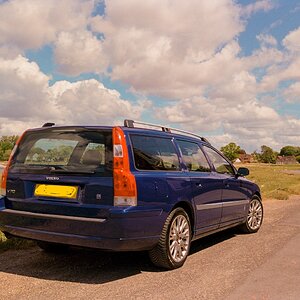
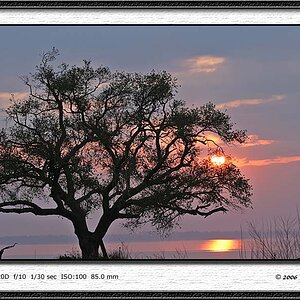
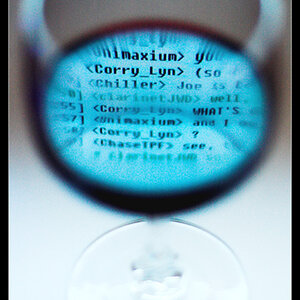
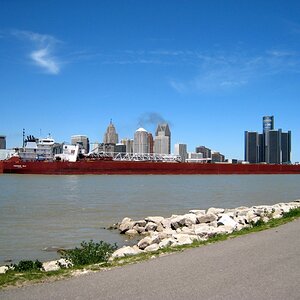
![[No title]](/data/xfmg/thumbnail/37/37170-3e18af574ed51cce5bdf99af9d3cab40.jpg?1619737908)